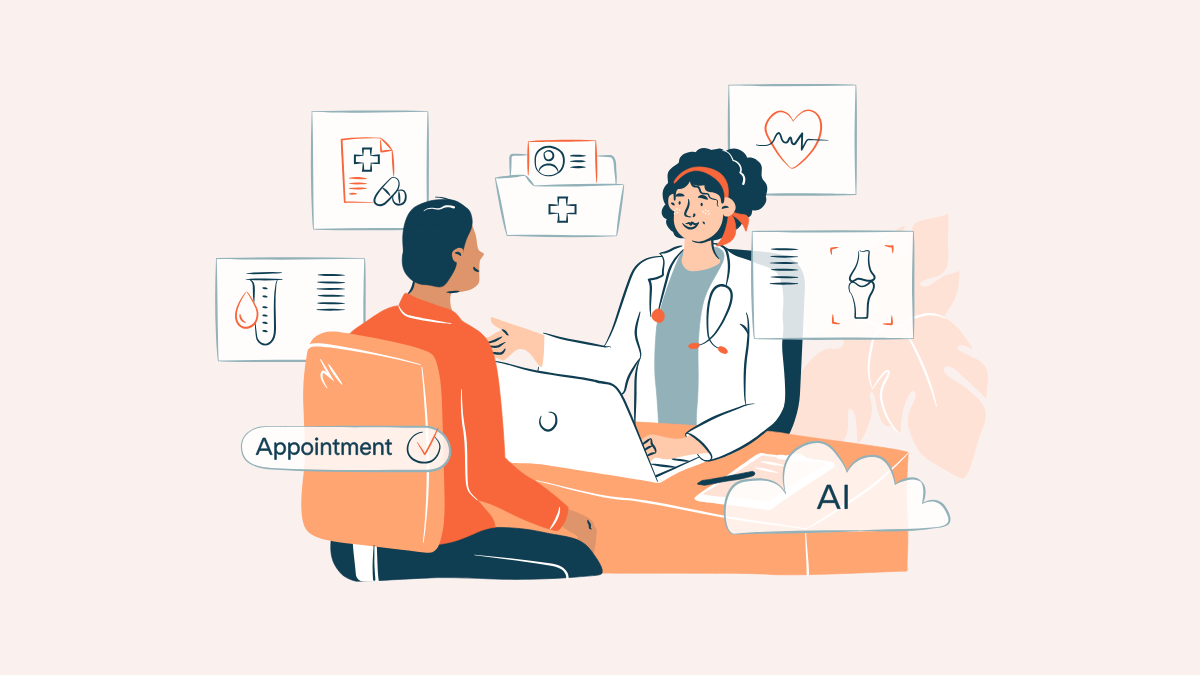Know thy Platform
Platform conventions
If you have any hands-on experience developing a new software/hardware platform, you know how laborious a task it is. Developers, engineers, designer, usability experts and managers (amongst others) can spend gigantic hours on fine-tuning the subtle interplay of hardware components’ combined performance, UI interactions, animations, branding, usability and foremost – the platform.

Upon release, besides the huge marketing budget, documentation is one of the key aspects to make or break a new platform. See for example the iOS Human Interface Guidelines. Documentation quality has improved; this is a blessing of the 2010’s and the Internet, as the competition against other platforms is a make-or-break. Do not think that you are a platform expert after studying it though, as you might end up trying to come up with custom conventions / UI patterns that no user is familiar with. Trust the guidelines that the platform developers have provided for you. Do not re-invent the wheel.
Platform features
Each platform comes with unique features; unique does not always mean great. It’s your job as a designer to harness the crème de la crème of each platform to suit your specific case. Understanding and unveiling the potential of a set of features each platform provides – that is the truest sign of any great designer.

Examples of platform features:
- Devices with large screens provide lots of area for multi-tasking or visually intense interactions
- Prefer NUI against GUI features as it is a more natural way of interaction for people (Read more: https://www.interaction-design.org/literature/article/natural-user-interfaces-what-are-they-and-how-do-you-design-user-interfaces-that-feel-natural)
- GPS
- Camera
- Physical knobs and switches
- Gyroscope
- Accelerometer
- Compass
- Connectivity
- Audio quality
- Community
- VR
- Waterproofness
- Voice control
- Processor
- Streaming
- …
I’m not going to explain how to get potential from each of these in detail now. Just understand them profoundly. Besides, platform features are an easy thing to spot – They are usually used in marketing materials / technical specifications of any product.

Benchmarking
The fine-tuned staccato to make the platform reverberate needs to be harnessed in order to design the most functional and engaging experiences that take advantage of the platform in full capability.
Most platforms come with pre-installed applications – study them in detail and try to understand why certain decisions were made. If you are new to the platform, first try to design them in wireframes by guessing what the application does, only based on the icon of the app. Discussing with other bright minds can be helpful here. After making your own rough paper prototypes of the same apps – compare them with the apps provided.
Helpful resources for understanding the platform do exist most times you can find interviews, videos and blog posts online about those exact design decisions. That is just a part of how marketing works nowadays. The platform developers want to explain why they made specific decisions and what criteria were considered. Understand, though, that those 2-3 min videos may be an overview of a 12-month project. Go further and dig into the specific people interviewed, they usually have great Behance profiles, blogs, Twitter feeds or Github profiles.
Benchmarking is like listening, where you learn from other peoples’ knowhow. Stick with top rated applications for the platform, as their user value is confirmed by the users themselves. Also, big players are good at making great software. (AirBnB, Spotify, Facebook, Google, EA,…)
If the platform is brand new, consider similar platforms and their conventions – make your best guess on which of these to use in your specific case. Iterate a lot on the design by making rapid prototypes and test with real end-users. Build – Measure – Learn (- Pivot or Persevere).
Interacting with the platform
After you have familiarized yourself with the platform and maybe drawn some rough wireframes of your app, you can start planning the interactions themselves. To avoid cognitive load, you should keep to platform conventions and utilise users’ pre-existing knowhow. This means taking advantage of common human skills and reusing domains skills. The less you force the user to learn new things, the less annoyed she is.

It is not enough to know what looks good, but a well-documented platform also contains examples of dos and don’ts and explains when a specific UI pattern is relevant. See for example documentation of Material Design. It has plenty of case-by-case examples.
A well-documented platform will also provide alternatives to a specific UI component. Try learning the major components well and understand their most potential use cases – This makes it easier to pull out a component for a specific need.
Your customer might say: ”Display a list of PS4 games and open each of them”. Basically, this should translate in your ears into: ”I need a component that is able to display multiple elements in one view and allows the user to view a detailed view of each element”.
If you did your homework, finding a component like this from the platform pattern library should be rather easy.
Again, take advantage of all possible interaction possibilities of a platform, understand the context and go ahead – make that great interaction.


